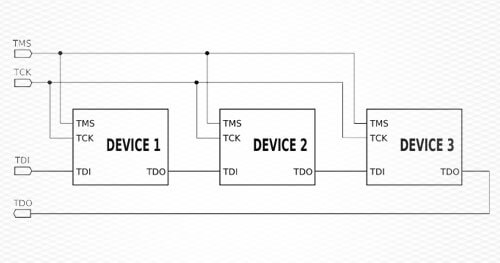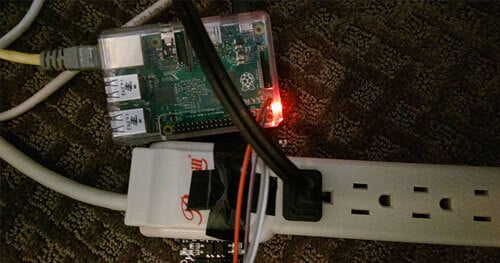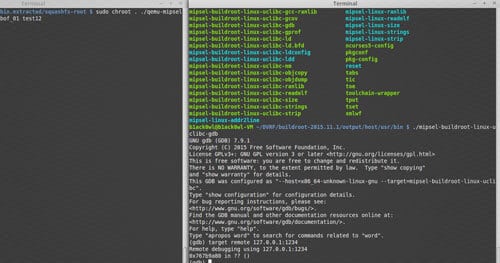Why are JTAG and UART still effective attack vectors for IoT devices?

Whether it’s a vulnerable router, an Internet of Things (IoT) connected device, or some other piece of hardware, JTAG and UART debugging test pins left on the device are going to continue to be one of the most effective physical hardware attack vectors available to a malicious actor. Never assume your secrets on IoT devices, such as encryption keys, are safe. You may be wondering what JTAG and UART are, and why they’re left on boards.
The Reason My Lamp is Insecure

I suffer the struggle many others do. It’s a systemic issue that’s not really talked about much. The issue I’m talking about is the inconvenience of turning my lamp off and then proceeding to stumble around in the dark to get to my bed. I set out to solve this problem by automating my lamp with a Raspberry Pi, a relay, and a simple web application. Those who have worked with electronics before know this setup is not very technically challenging, but I wasn’t going for anything too fancy. My goal was to create a simple web application that could turn my lights on and off, which can be seen in the code below. This code also includes an alarm clock which operates by flashing my lights every morning at a preset time.
Getting Started with Damn Vulnerable Router Firmware (DVRF) v0.1

The goal of the DVRF project is to simulate a real-world environment to help people learn about other CPU architectures outside of the x86_64 space. The project will also help people get into discovering new things about hardware. As of now this DVRF firmware is tailored for the Linksys E1550 Device. If you do not have one don’t worry! Ready to get a jump start on learning aspects of embedded device hacking for exploit development? If so, this project is for you.